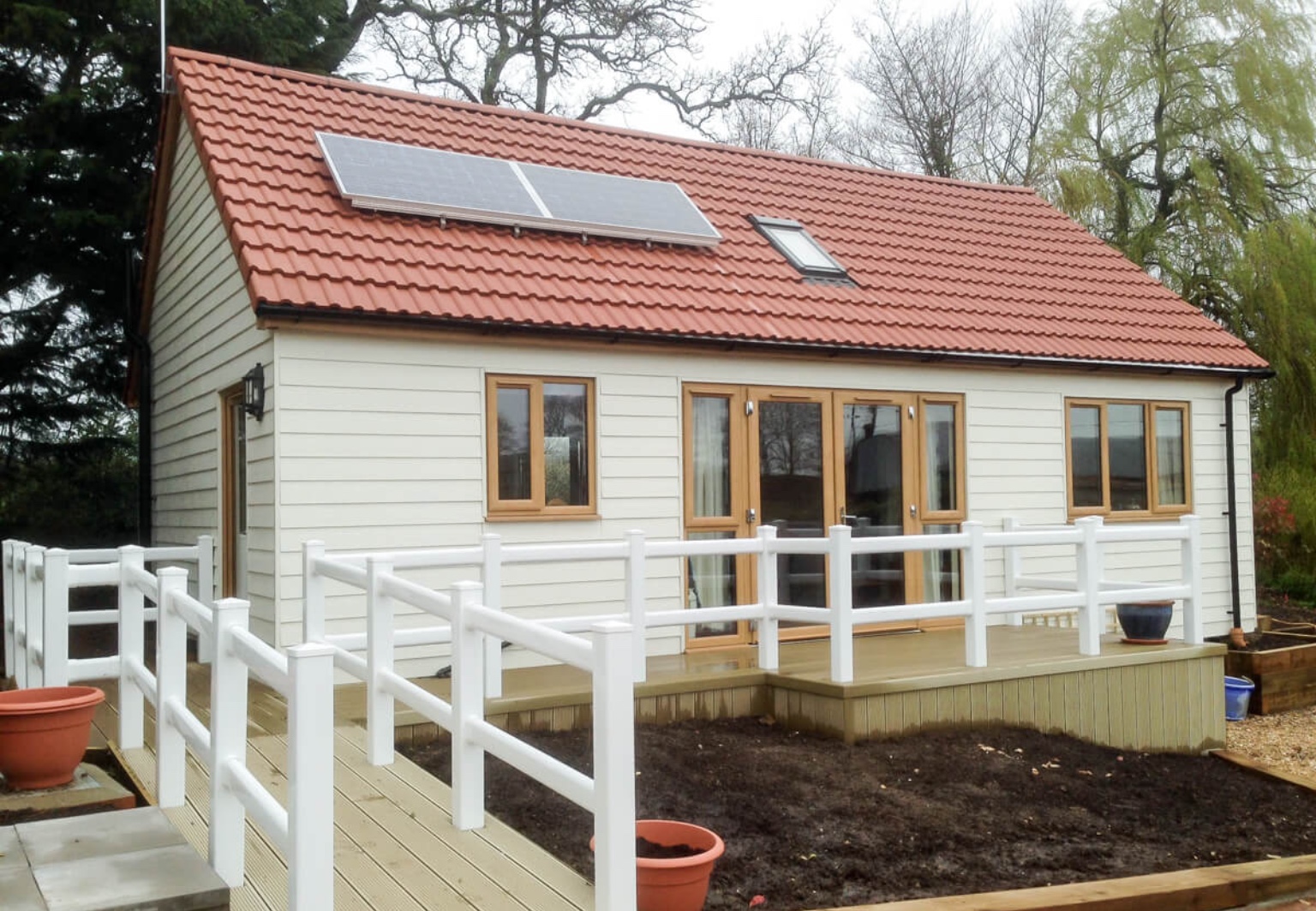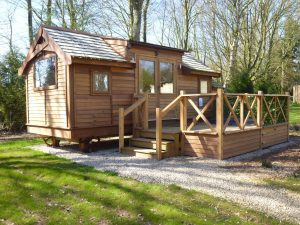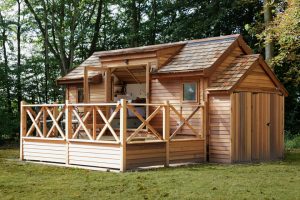Elderly people want to feel comfortable,safe and secure in their own homes, and this applies as much to a granny annexe as any other type of accommodation.
The key problem for many elderly people, their relatives and those who care for them is ensuring that they can continue to feel this way and enjoy a good quality of life, despite the challenges of old age, disability and other health issues.
This is where specialist elderly care and disability adaptations to granny annexes can be a crucial factor in helping people continue to live independently and comfortably.
Caring for the Elderly
The UK has an aging population. According to the Office for National Statistics (ONS), there were 11.8 million residents aged 65 or over, accounting for 18% of the total population.
Projecting ahead, this figure will rise considerably, adding a further 8.6 million over-65s by 2066. The fastest increase in this period will be in the 85 years and over age group.
Caring for the elderly is going to be an ongoing challenge for an increasing number of people. Add to this the UK’s housing crisis, and you have a problem requiring innovative and practical solutions, which is where the granny annexe comes in.
Options for Elderly Accommodation
There are plenty of stories in the media of older people having to sell their homes to pay for their care when their health deteriates and they loose their independence. There are also many documented cases where care home standards have fallen far short of being acceptable.
Many families face the dilemma of what to do to best support and house their elderly relatives.
Do they sell the family home? Can they find suitable alternative accommodation for their elderly parent or other relative? What kind of residential care options are available, or affordable in the area?
There are also problems with location, how close they can they be for visiting? Also, independence for most older people is crucial. Entering residential care means an enormous change from the life they are used to, and to many, feels like a complete loss of independence. A granny annexe is a serious and very positive alternative to many of the care options available.
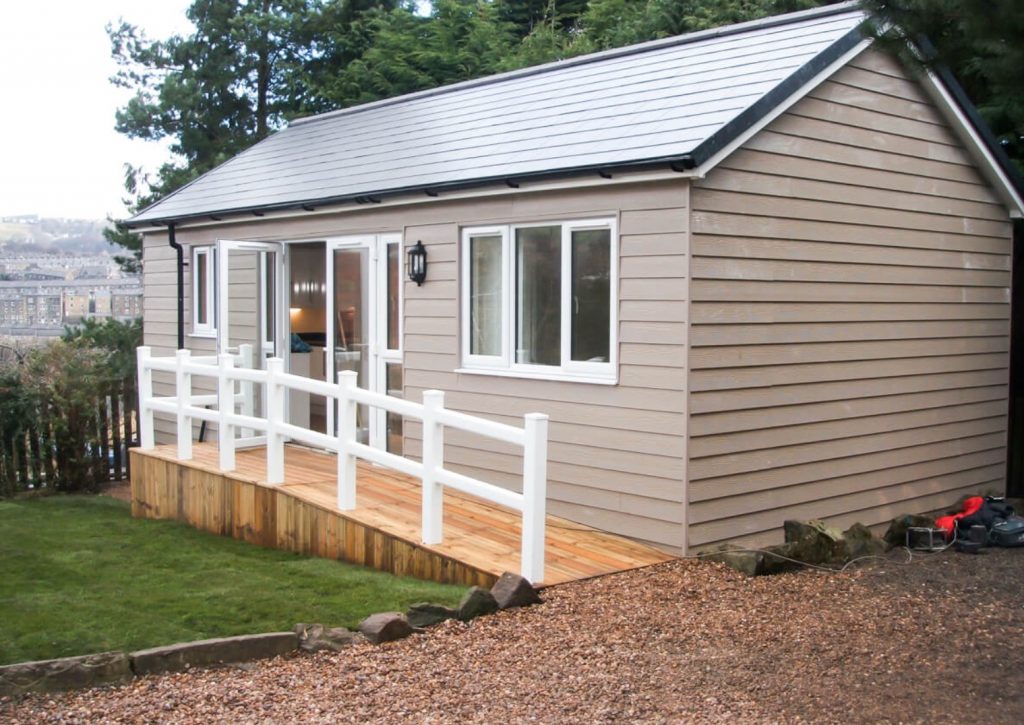
Adapting a Granny Annexe
The granny annexe offers a way forward, and a means of helping the elderly maintain independence, while offering them enough support and keeping them close to their families. It also ensures that they are not lonely or feeling isolated. The Valuation Office Agency has recorded that there are now over 30,000 granny annexes in England and Wales. They are proving a popular choice, with good reason.
Obviously, this type of accommodation must be properly suited to it’s resident. Fortunately, granny annexes are built to be highly adaptable when it comes to supporting the elderly, the disabled and anybody with limited mobility.
There are various measures and additional features which ensure that an annexe meets all the needs and requirements of people with limited mobility, while retaining its essential qualities as a comfortable place in which to live.
Accessibility
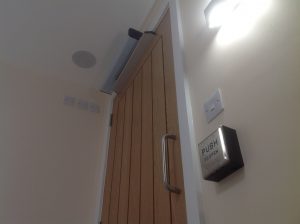
Getting in and out of the annexe is a key issue. Having ramped access is one solution, to enable wheelchair access.
Another, in close connection with this, is ensuring that entrances are wider than usual so that chairs and frames are easily moved in and out of the annexe. Grab rails on doors and ramps are essential too, providing practical support and reassurance.
It is also vital to avoid trip hazards, which means ensuring that surfaces are even, and that there is a good, effective level of lighting.
Good internal access is also crucial, which can mean wider door thresholds to ensure multiple room access. Specialist disability additions can also include mobility assistance for getting in and out of bed, by installing a compact ceiling hoist.
Washing and Cooking
Adaptability accessories for bathrooms include wider shower areas with seats and grabrails and slip-resistant surfaces. Bath boards, lifts and toilet frames help elderly and disabled users easily access bathroom facilities without fear of falling.
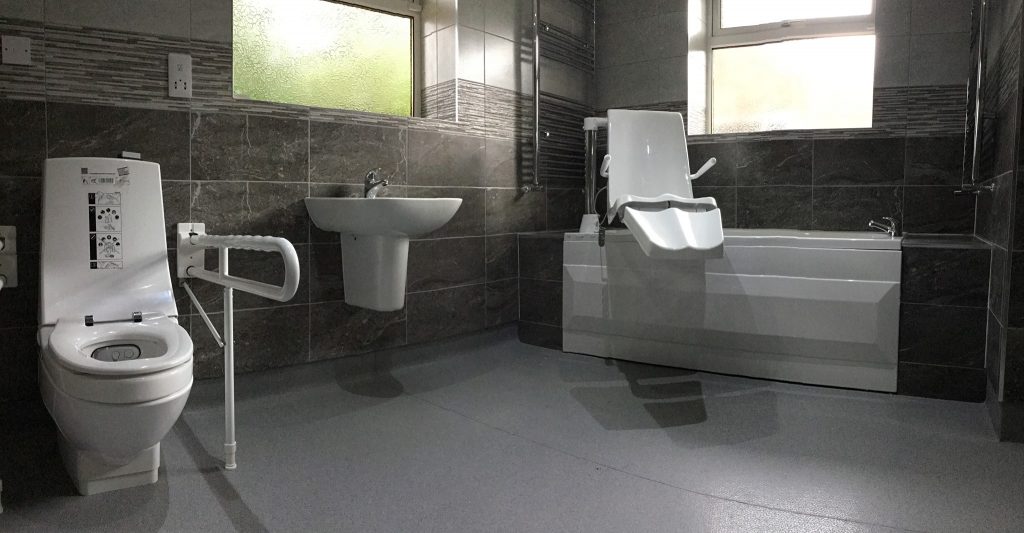
Granny annexe bathrooms can also be fitted out as full wet rooms, to future-proof them for people’s needs as they get older and frailer.
The kitchen is also a place where adaptations make a huge difference. This means carefully placed LED downlighting to eliminate trip hazards, along with slip-resistant flooring and easy to open, fully accessible drawers and cupboards. Where necessary, consider installing drawers and cupboards at a lower, more accessible level.
Annexes offer an adaptable, purpose-built solution for elderly living. They are more than structures, they are homes.
